Israeli forces were battling Palestinian militants across the Gaza Strip on Sunday, including in parts of the devastated north that the military said it had cleared months ago, where Hamas has exploited a security vacuum to regroup.
Quick Read
As Israel Intensifies Attacks in Rafah, Hamas Regroups in Less Governed Areas of Gaza
- Context and Location: In response to Israeli military operations in Rafah, Gaza Strip, Hamas militants are regrouping in parts of Gaza that lack effective governance.
- Details of the Conflict:
- Israeli forces have labeled Rafah as a crucial stronghold for Hamas, initiating a broader offensive with the goal of dismantling the group and securing the release of hostages.
- The escalation has displaced approximately 300,000 people, with the conflict drawing criticism and warnings from neighboring Egypt regarding the potential breach of longstanding peace agreements.
- Across Gaza, especially in the north, Hamas is exploiting areas left ungoverned by any formal authority to reorganize and continue its resistance against Israeli advances.
- Humanitarian Impact:
- Intense bombardments by Israeli forces in northern Gaza, particularly in the Jabaliya refugee camp and the Zeitoun area, have led to widespread destruction and significant civilian casualties.
- The United Nations has reported a dire humanitarian situation, with large populations being displaced to already overcrowded and underserved areas.
- International Reactions and Implications:
- The ongoing offensive has strained Israel’s diplomatic relations, notably with Egypt, which has protested the severity of the military actions due to their proximity to its border.
- U.S. President Joe Biden has expressed concerns over potential violations of international law by Israel in Rafah, impacting decisions on military support.
The Associated Press has the story:
As Israel pushes deeper into Rafah, Hamas has exploited a security vacuum to regroup
Newslooks- RAFAH, Gaza Strip (AP) —
Israeli forces were battling Palestinian militants across the Gaza Strip on Sunday, including in parts of the devastated north that the military said it had cleared months ago, where Hamas has exploited a security vacuum to regroup.
Israel has portrayed the southern Gaza city of Rafah as Hamas’ last stronghold, saying it must invade in order to succeed in its goals of dismantling the group and returning scores of hostages. A limited operation there has expanded in recent days, forcing some 300,000 people to flee and drawing warnings from Egypt, where an official said it is putting the country’s decades-old peace treaty with Israel at risk.
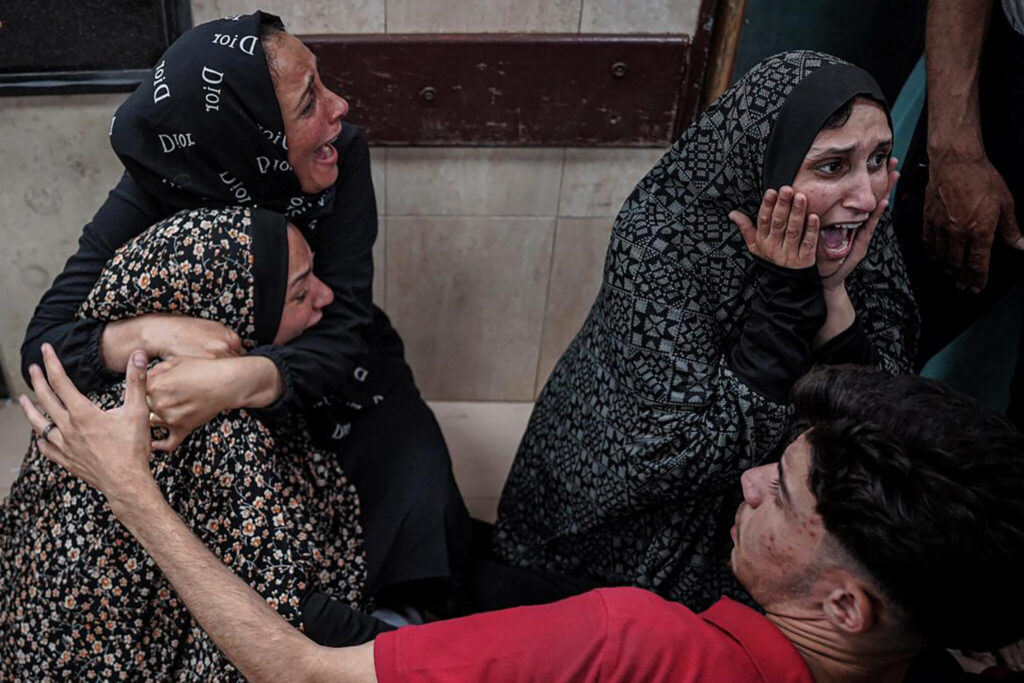
But the rest of the war-ravaged territory seems to provide ample opportunities for Hamas. Israel has yet to offer a detailed plan for postwar governance in Gaza, saying only that it will maintain open-ended security control over the coastal enclave, which is home to some 2.3 million Palestinians.
Prime Minister Benjamin Netanyahu has rejected postwar plans proposed by the United States for the Palestinian Authority, which administers parts of the Israeli-occupied West Bank, to govern Gaza with support from Arab and Muslim countries. Those plans depend on progress toward the creation of a Palestinian state, something to which Netanyahu’s government is deeply opposed.
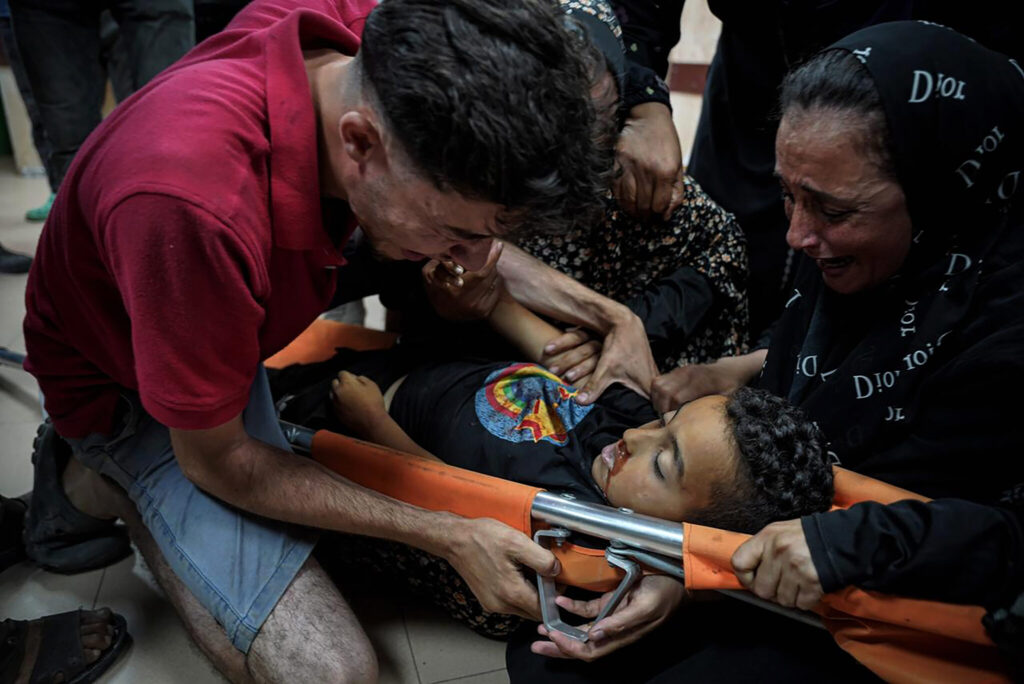
With the two close allies divided, Gaza has been left without a functioning government, leading to a breakdown in public order and allowing Hamas to reconstitute itself in even the hardest-hit areas.
The war began when Hamas and other militants attacked southern Israel on Oct. 7, killing around 1,200 people, mostly civilians, and taking another 250 hostage. They still hold about 100 captives and the remains of more than 30, and internationally mediated talks over a cease-fire and hostage release appear to be at a standstill.
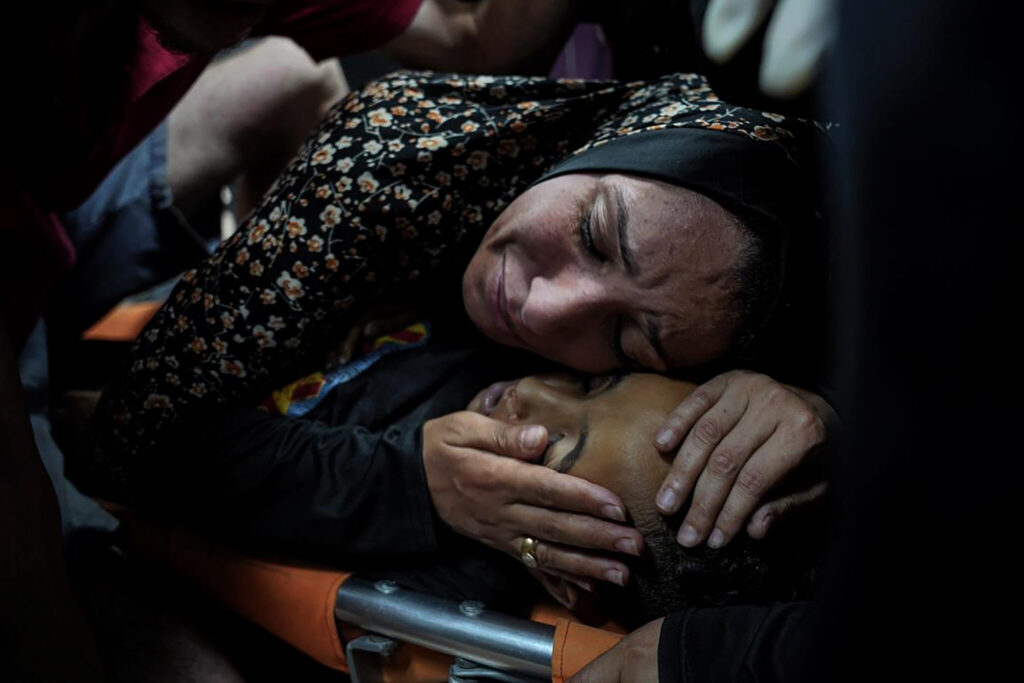
Israel’s air, land and sea offensive has killed more than 35,000 Palestinians, mostly women and children, according to Gaza’s Health Ministry, which doesn’t distinguish between civilians and combatants in its figures. Israel says it has killed over 13,000 militants, without providing evidence.
HEAVY BOMBARDMENT IN THE NORTH
Palestinians reported heavy Israeli bombardment overnight in the urban Jabaliya refugee camp and other areas in the northern Gaza Strip, which has suffered widespread devastation and been largely isolated by Israeli forces for months. U.N. officials say there is a “full-blown famine” there.
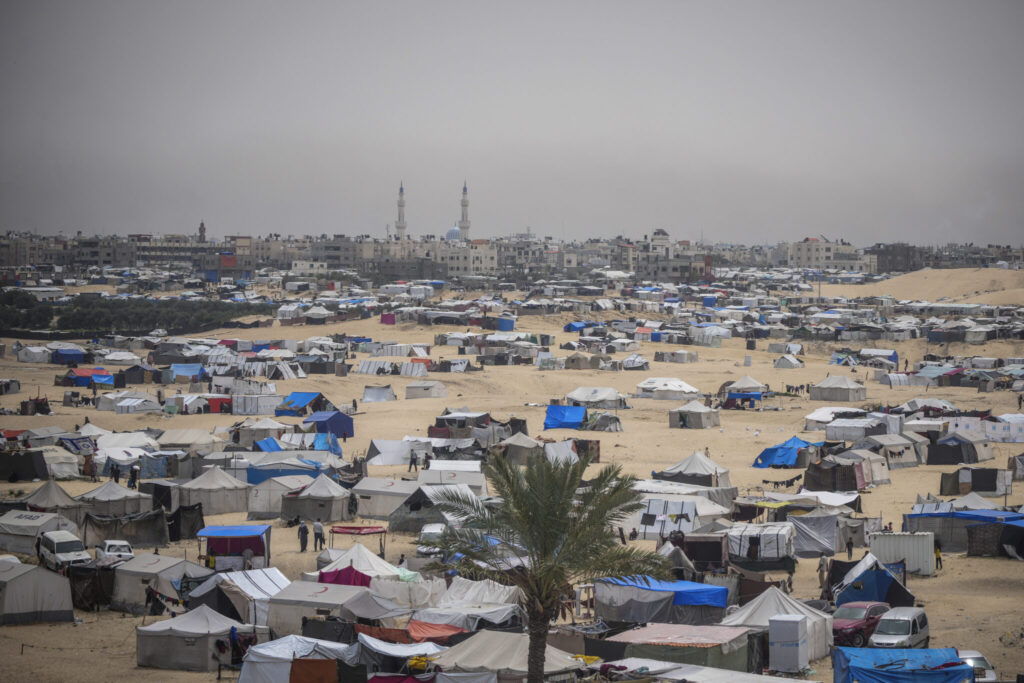
Residents said Israeli warplanes and artillery struck across the camp and the Zeitoun area east of Gaza City, where troops have been battling Palestinian militants for over a week. They have called on tens of thousands of people to relocate to nearby areas.
“It was a very difficult night,” said Abdel-Kareem Radwan, a 48-year-old Palestinian from Jabaliya. He said they could hear intense and constant bombing since midday Saturday. “This is madness.”
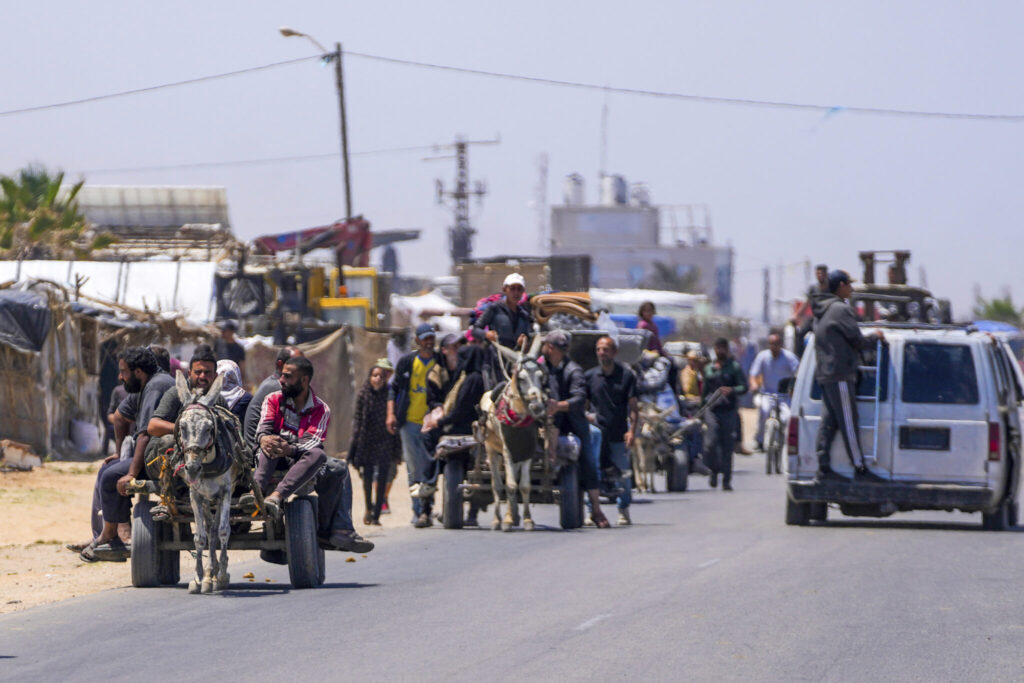
First responders with the Palestinian Civil Defense said they were unable to respond to multiple calls for help from both areas, as well as from Rafah.
Rear Adm. Daniel Hagari, the top Israeli military spokesman, said that in addition to Jabaliya and Zeitoun, forces were also operating in Beit Lahiya and Beit Hanoun. The two towns near Gaza’s northern border with Israel were heavily bombed in the opening days of the war.
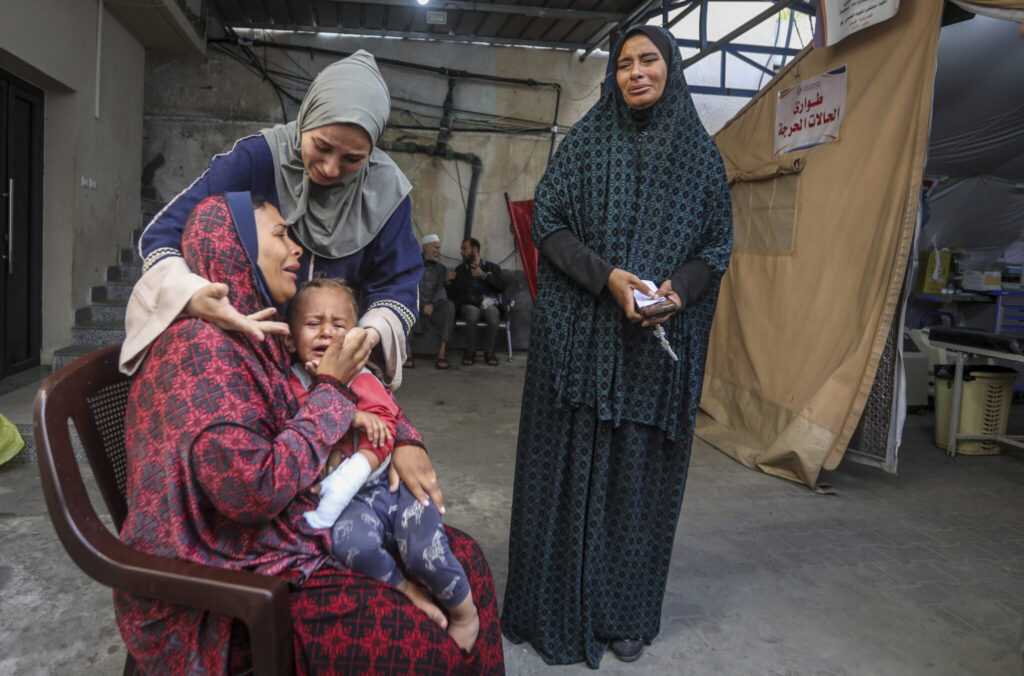
The military “is now going into Jabaliya for the second time and into Zeitoun for the third time, and it will continue to go in and out,” columnist Ben Caspit wrote in Israel’s Maariv daily, channeling the growing frustration felt by many Israelis more than seven months into the war.
“Hamas’ regime cannot be toppled without preparing an alternative to that regime,” he wrote, drawing comparisons with the American wars in Iraq and Afghanistan. “The only people who can govern Gaza after the war are Gazans, with a lot of support and help from the outside.”
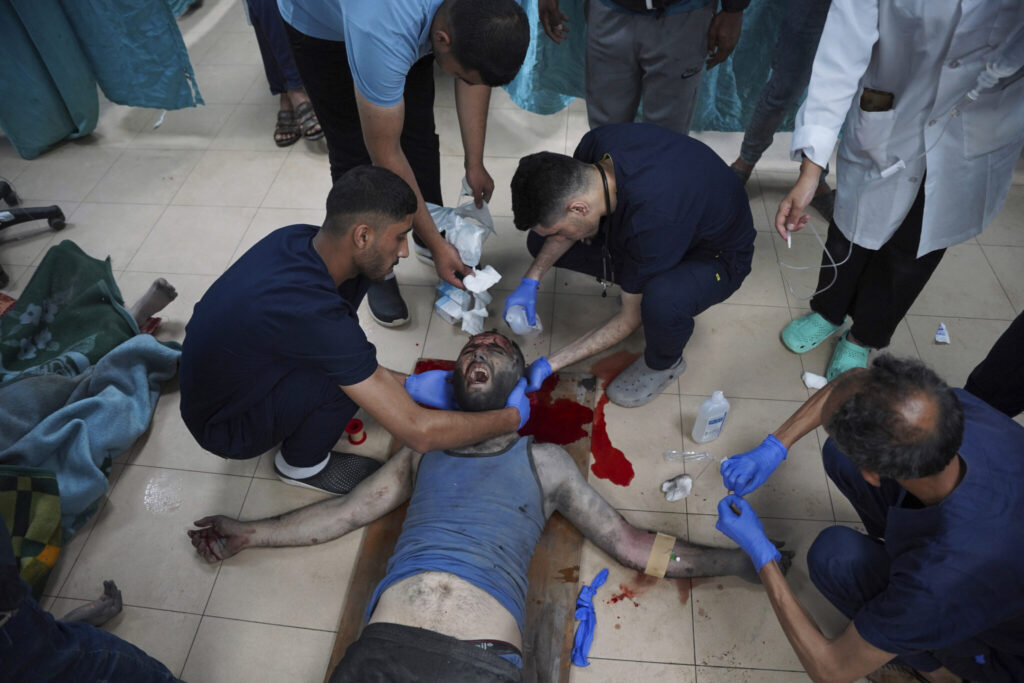
CIVILIANS FLEE IN THE SOUTH
The United Nations’ agency for Palestinian refugees, the main provider of aid in Gaza, said 300,000 people have fled Rafah since the operation began there. Most are heading to the heavily damaged nearby city of Khan Younis or Mawasi, a crowded tent camp on the coast where some 450,000 people are already living in squalid conditions.
Rafah was sheltering some 1.3 million Palestinians before the Israeli operation began, most of whom had fled fighting elsewhere in the territory.
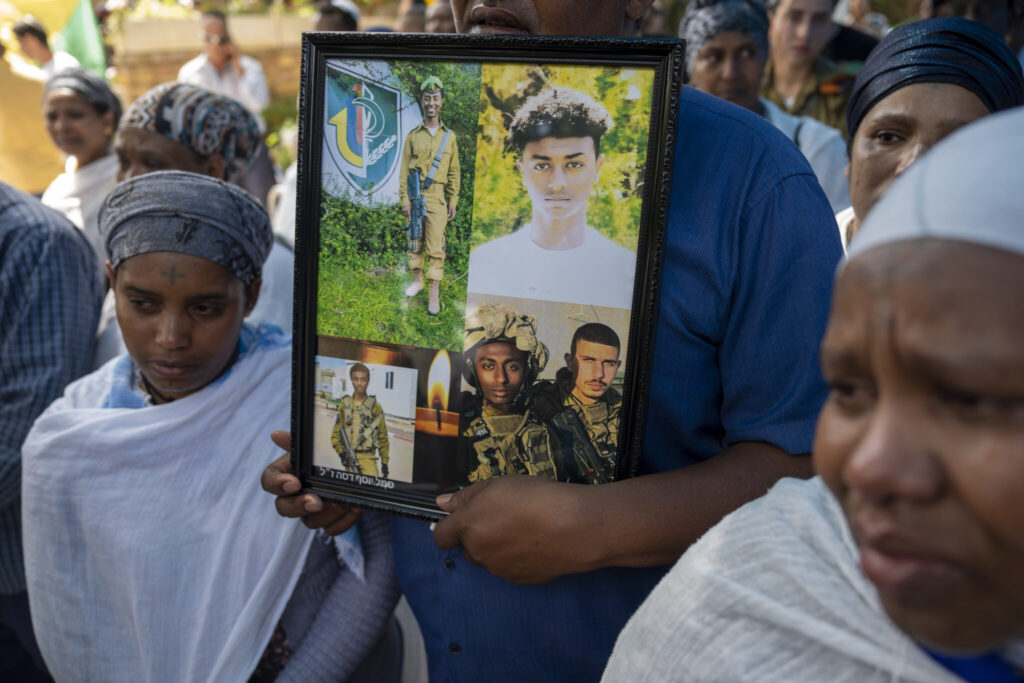
Israel has now evacuated the eastern third of Rafah, and Hagari said dozens of militants had been killed there as “targeted operations continued.” The United Nations has warned that a planned full-scale Rafah invasion would further cripple humanitarian operations and cause a surge in civilian deaths.
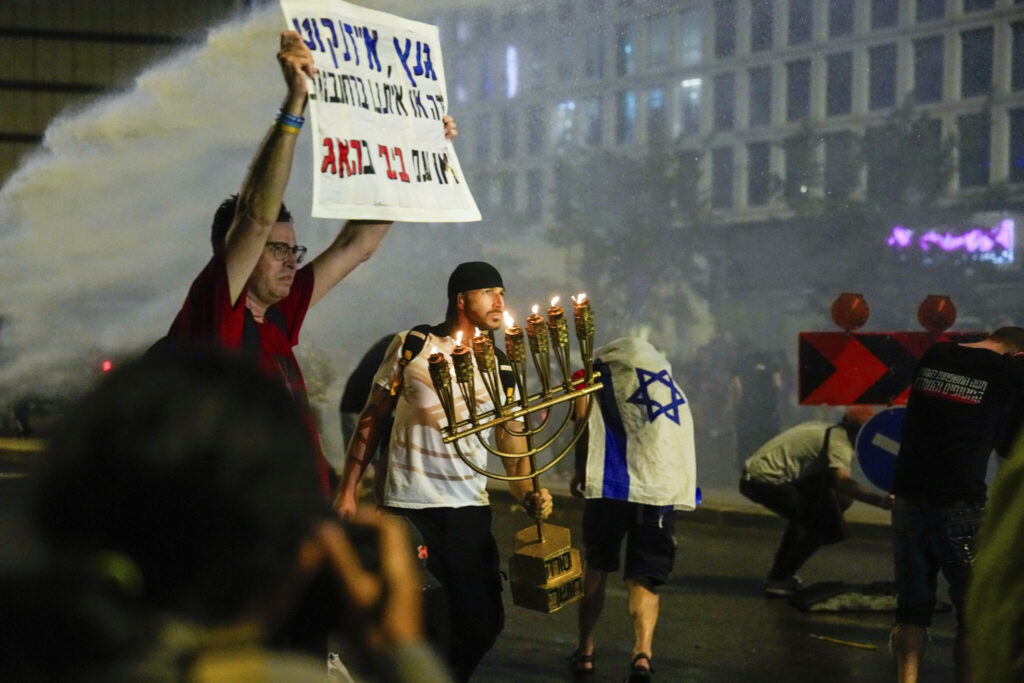
Rafah borders Egypt near the main aid entry points, which are already affected. Israeli troops have captured the Gaza side of the Rafah crossing, forcing it to shut down. Egypt has refused to coordinate with Israel on the delivery of aid though the crossing because of “the unacceptable Israeli escalation,” the state-owned Al Qahera News television channel reported, citing an unnamed official.
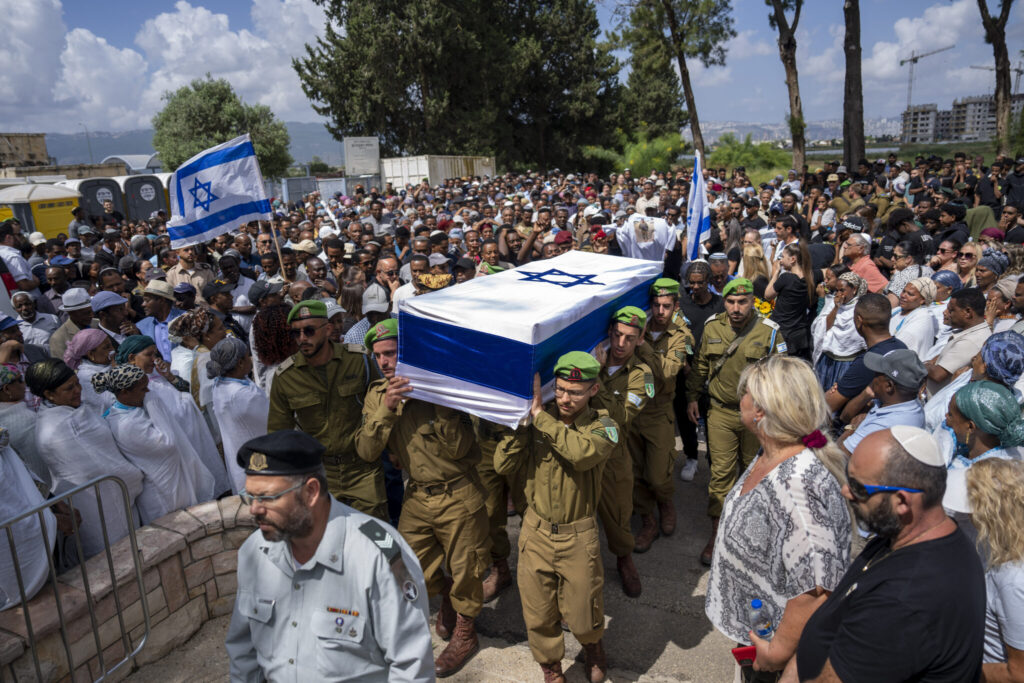
A senior Egyptian official told The Associated Press that Cairo has lodged protests with Israel, the United States and European governments, saying the offensive has put its peace treaty with Israel — a cornerstone of regional stability — at high risk.
The official was not authorized to brief media and spoke on condition of anonymity.
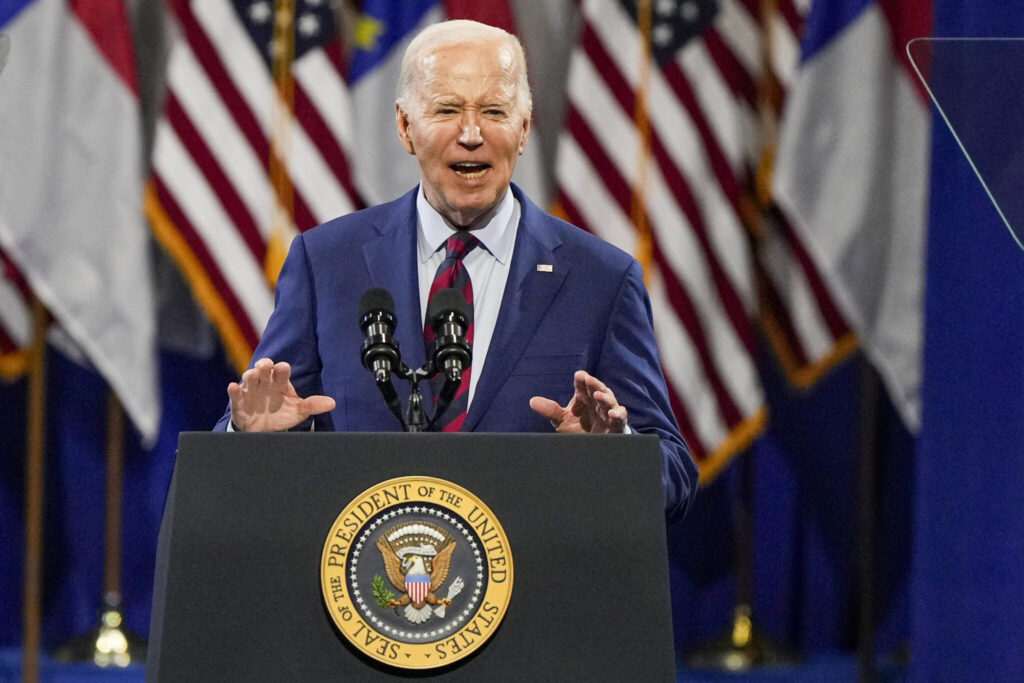
U.S. President Joe Biden has said he won’t provide offensive weapons to Israel for Rafah. On Friday, his administration said there was “reasonable” evidence that Israel had breached international law protecting civilians — Washington’s strongest statement yet on the matter.
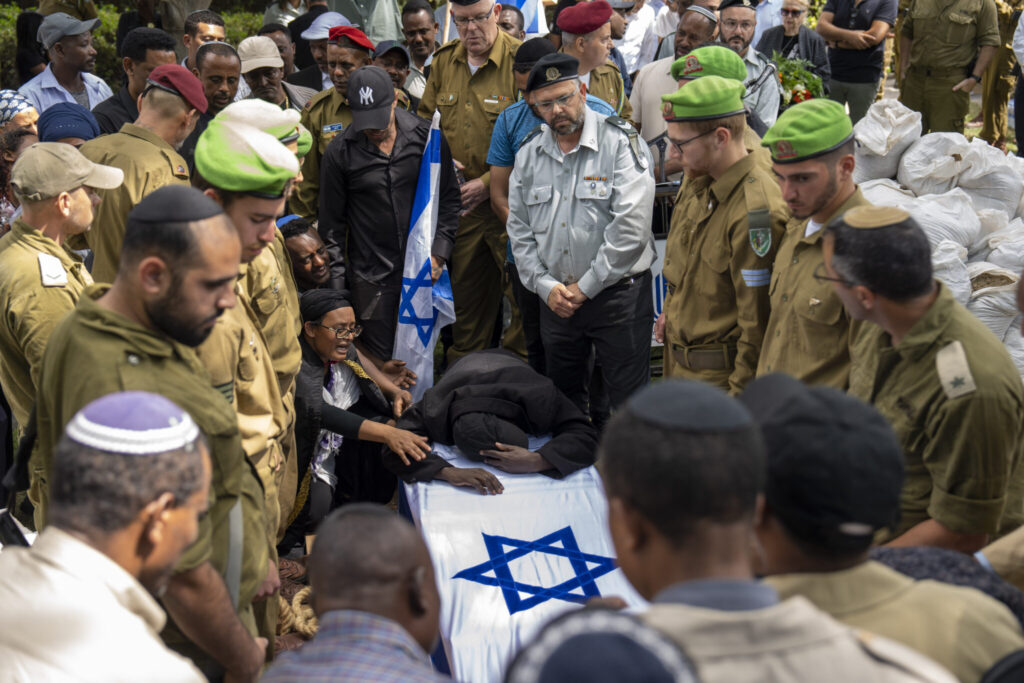
Israel rejects those allegations, saying it tries to avoid harming civilians. It blames Hamas for the high toll because the militants fight in dense, residential areas. But the military rarely comments on individual strikes, which often kill women and children.
The Gaza Health Ministry said a strike late Saturday in central Gaza killed Mohammed Qazaat and his son, Youssef, both of whom were prominent local dentists.






